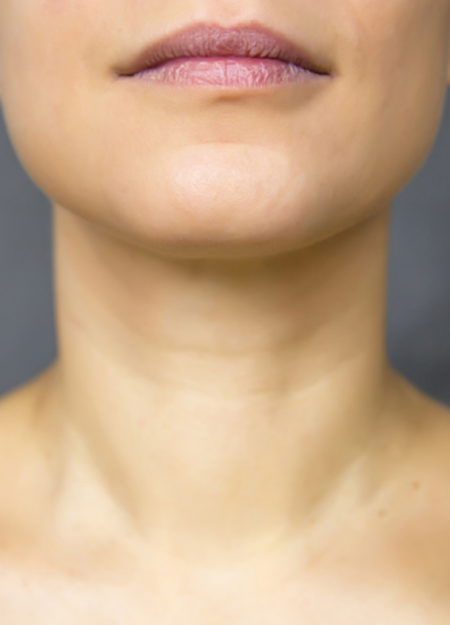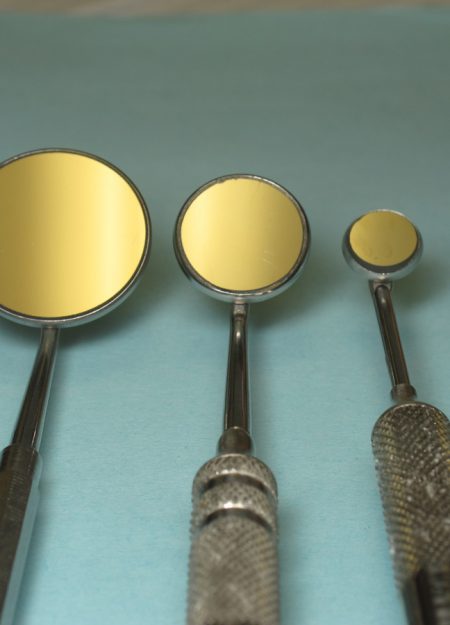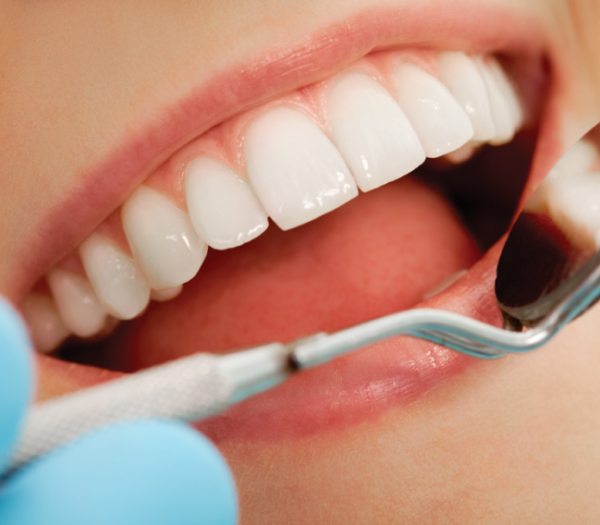Dental Exams
At Pinecrest Dental, we believe that patients can stay on the path to excellent oral health and wellness through recognized prevention techniques and appropriate patient education.
The first step of putting you on this oral wellness path is a comprehensive dental exam. This exam is given so that we can prioritize your treatment – making recommendations for what you need right now and planning for your future care. The more information your dentist has about you and your needs, the better he can help you.
The Comprehensive Oral Exam
The foundation of good dental care is a thorough comprehensive dental exam. Comprehensive dental analysis not only checks for tooth decay and gum health, but also evaluates your entire mouth, head, and neck area. The American Dental Association recommends a comprehensive dental examination for all patients every three years.
Before the exam, we will gather your medical and dental history, including a list of medications that you are currently taking. We want to know what dental problems you may be experiencing now and any concerns or issues you may have about your dental treatment expectations and goals.


The comprehensive exam will include these evaluations:
Head and Neck: Your dentist will look for any problems on your head and neck, as well as feel for any swelling or tenderness (signs of infection or disease) in your lymph nodes under your jaw. Your dentist will also examine your temporomandibular joints (TMJ) and their associated muscles, which allow movement of the jaw, to make sure they are working properly.
Soft Tissues: The soft tissues of your mouth include the tongue, the inside of the lips and cheeks and the floor and roof of the mouth. These areas are examined for any spots, lesions, cuts, swellings, or growths that could indicate an oral health problem. The back of your throat and tonsil area will also be inspected.
Gum Tissue: Your gums and the supporting structures of the teeth will be examined for signs of periodontal disease, including gum position and signs of inflammation, as well as tooth mobility (looseness).
Occlusion: How well your upper and lower teeth fit together and function in harmony with the way your jaw moves will be checked. Your dentist will look for signs of excessive wear or chipping of the teeth and clenching or grinding habits will be discussed. Teeth position will be evaluated for signs of crowding, crookedness or excessive spacing.
Teeth: Signs of tooth decay are looked for on the surfaces of every tooth. Your dentist will also check for any problems with fillings, braces, bridges, dentures, crowns, or other restorations.
X-rays: Your dentist will assign a certified technician to take the appropriate digital (low radiation) radiographs to look for signs of tooth decay and periodontal disease, as well as for other oral health problems, such as unerupted teeth, extra or missing teeth, tumors or cysts.
The Periodic Exam
A dental check-up, or periodic exam, refers to a yearly examination that is done on current patients. This allows dentists to find any changes in a person’s health status and dental condition since a previous periodic or comprehensive evaluation.
At regular check-up exams, your dentist and hygienist will include the following:
Examination of teeth: All tooth surfaces will be checked for cavities, fractures and excessive wear, and all restorations (fillings, crowns, etc.) will be evaluated for fit and function.
Gum disease evaluation: We check the gums and bone around the teeth for any signs of periodontal disease.
Examination of diagnostic digital x-rays (radiographs): Essential for detection of decay, tumors, cysts and bone loss. X-rays also help determine tooth and root positions.
Oral cancer screening: We check the face, neck, lips, tongue, throat, soft tissues and gums for any signs of oral cancer.

The Treatment Consultation
The dentist will share any valuable findings with you after the examination. Then, the dental professional can devise a treatment plan consolidating your urgent, intermediate and long-term oral needs.

